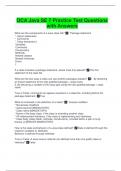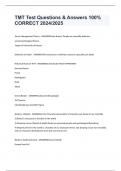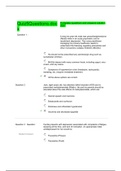Samenvatting
Full article summary for Conceptualizing Audiences
A full summary of all the articles from the readings for Conceptualizing Audiences, Master Media Studies, all tracks. NOTE: there are some quotes in the summary, so do not copy and paste them in the exam without referencing!
[Meer zien]













